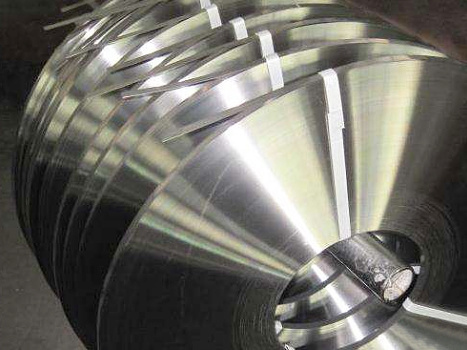From different angles, different types of stainless steel selection is no longer entangled
Time:
2018-11-06
Stainless steel is a very popular material because of its wide variety. It is often used by architects and contractors in the construction industry. We can also see stainless steel used in automobile manufacturing or sewage treatment.

stainless steel is a very popular material because of its wide variety. It is often used by architects and contractors in the construction industry. We can also see stainless steel used in automobile manufacturing or sewage treatment. In addition, stainless steel is also a good material that can be used to optimize a clean and sterile environment, such as the kitchen. The following is an introduction to different types of stainless steel for reference.

ferritic stainless steel
ferritic stainless steel contains less carbon, and its microstructure is similar to carbon steel and low alloy steel. Compared with other types of stainless steel, due to the lack of toughness of the weld, usually only thinner profiles can be used. Nevertheless, ferritic stainless steel is often widely used by contractors in areas where welding is not required. Furthermore, ferritic steels cannot be hardened by heat treatment. But when molybdenum is added, you can also use it in seawater or other corrosive conditions. Ferritic stainless steels are also magnetic, but are not as formable as austenitic stainless steels. On the other hand, iron and steel workers often choose ferritic stainless steel, because its corrosion resistance is not easy to crack.
austenitic stainless steel
austenitic stainless steel is one of the common types of stainless steel on this list. Its microstructure includes nitrogen, nickel and manganese elements. The structure of austenitic stainless steel is the same as that of ordinary steel. But only at higher temperatures will there be formability and weldability. In addition, the corrosion resistance of austenitic stainless steel can be improved by adding nitrogen, chromium and molybdenum. Although it cannot be hardened by heating, once it has hardened to a certain strength, austenitic stainless steel will have such a useful property that it can maintain a certain degree of toughness and ductility. Typical stainless steels are prone to stress corrosion cracking, while austenitic stainless steels with higher nickel content increase their resistance to stress corrosion cracking. Austenitic stainless steel is non-magnetic on the surface, but exhibits a certain magnetic reaction according to its composition.
Martensitic stainless steel
Similar to ferritic stainless steel, martensitic stainless steel has higher chromium content and carbon content. Like carbon steel and low-alloy steel, martensitic stainless steel can be tempered and hardened. Martensitic stainless steel has moderate corrosion resistance and high strength. Since it is one of the types of stainless steel with magnetic properties, the formability and weldability are low. In most cases, some need long-term use of sheet products, the company will use martensitic stainless steel.
duplex stainless steel
duplex stainless steel adopts semi-austenitic semi-ferrite microstructure, which has higher strength than these types of stainless steel. It can also have the characteristics of stress resistance, corrosion resistance and no cracking. The "rare" duplex stainless steel has similar corrosion resistance to ordinary Austin stainless steel. But its anti-stress, anti-corrosion cracking performance has improved. Compared with ordinary austenitic stainless steel, "super duplex" stainless steel also has better corrosion resistance and strength. In addition, they are weldable as long as care is taken to use the solder material at the appropriate temperature. Duplex stainless steel is also a magnetic stainless steel with moderate formability.
Precipitation hardening can increase the strength of different types of stainless steel
When elements such as niobium, copper and aluminum are added, precipitation hardening of stainless steel can form very high strength. On the other hand, it is through the formation of very fine particles in the steel matrix that the strength is generated when the appropriate "aging" heat treatment is carried out. When you work with this type of steel, you can create some complex shapes. However, a good level of resistance is required before the final aging treatment, and the corrosion resistance of precipitation hardened steel is comparable to that of ordinary austenitic steel.
Related News